After trying to dismiss a lawsuit from HP customers angry at a firmware update (meaning that their HP printers wouldn’t work with third-party ink cartridges), we look at how HP is answering the arguments within the antitrust ink cartridge lawsuit and what the implications could be for customers.
The Lawsuit
Back in January, printing premier HP was sued in a Federal court in Chicago by 11 consumers (a class action lawsuit) who claimed that their HP printers wouldn’t accept replacement ink cartridges made by other manufacturers, thereby forcing them to pay artificially high prices for HP-branded cartridges. The lawsuit accused HP of violating US and state antitrust laws in a bid to monopolise the market for replacement ink.
The plaintiffs allege that they weren’t told that automatic software updates (firmware updates between late 2022 and early 2023) from HP would disable some printers unless HP-branded ink was used and that faced with non-functional printers, they were then forced to purchase more expensive HP-branded ink that they would not otherwise have purchased.
Damages
The plaintiffs, in this case, are seeking damages of greater than $5 million from HP, which include the cost of their useless third-party cartridges (the ones that won’t work in their printers because of the firmware update) as well as an injunction to disable the part of the firmware updates that prevent the usage of third-party ink.
Trying To Get IT Dismissed
HP’s lawyers recently attempted to have all 79 causes of action in the lawsuit dismissed on the grounds that the central premise of the Plaintiffs’ case was wrong, i.e. that HP failed to disclose to consumers that their printers were equipped with “dynamic security” measures designed to prevent the use of third-party printer cartridges that copy HP’s security chips, thereby locking them into an aftermarket where they were overcharged.
HP argued that it goes to great lengths to disclose that its printers are intended to work only with cartridges that “have an HP chip, and that they may not work with third-party cartridges that do not have an HP chip.” HP also argued that “this information is displayed in clear terms on the printer box, on HP’s website, and in many other materials.” It also highlighted that “many third-party cartridges are not affected by dynamic security. HP does not block cartridges that reuse HP security chips, and there are many such options available for sale. Nor does HP conceal its use of dynamic security.”
HP’s lawyers additionally argued that the plaintiffs also didn’t allege that they didn’t authorise firmware updates in their printers and that many plaintiffs also claim that they purchased HP-branded ink cartridges after receiving the software or firmware updates, and that their printers began to again function properly.
In short, HP’s lawyers attempted to find a long list of reasons to have the lawsuit dismissed.
Previously
These types of allegations against HP have gone on for some time now. For example, back in 2019, HP agreed to resolve related consumer claims in a California case, for a $1.5 million payment, without admitting any wrongdoing (as part of the settlement). However, just last year (in California) a judge said that HP must at least face some claims that it designed some all-in-one printers to stop scanning and faxing when the machine was low on ink, thereby forcing consumers to buy cartridges.
The Backdrop
All these antitrust printing arguments are taking place at a time when HP has been through a long period of shrinking revenues, mainly due to enterprise customers affected by the uncertain economic environment, holding off on their hardware purchases a bit longer.
Instant In Subscription & All-in-One service
Following a strategy re-think, two solutions that HP has devised to help it through these difficult times are its ‘Instant Ink’ services and its All-in-One service, both of which see it focusing on a subscription model going forward.
HP’s Instant Ink service is a subscription-based model that is beneficial for users who want to avoid the inconvenience of running out of ink and dealing with last-minute replacements. It also helps in managing printing costs more predictably. With Instant Ink (for a monthly fee, on an agreed plan), the HP printer’s ability to monitor ink levels means that before users’ ink runs low, HP sends replacement cartridges directly to the doorstep. HP claimed to have 13 million sign-ups to the service back in the beginning of March.
As the name suggests, The All-in-One service, which launched in the US last month, includes not just the ink but hardware as well, i.e. the HP Envy or HP OfficeJet models. This is also a two-year subscription contract, based on a printed page plan, with cancellation fees (to raise the barriers to exit).
In addition to trying to reduce its costs, HP’s CEO, Enrique Lores, speaking recently at the Morgan Stanley Technology, Media and Telecom conference outlined HP’s strategy since the 2019 rethink as trying to “protect supplies revenue by upping subscription services, selling hardware loaded with ink, smart models, and charging more for printers when a customer isn’t committing to HP ink.”
AI Apps Too
HP is also hoping that AI will boost PC sales and has indicated that alongside its PCs, it’s developing new AI applications to run on top of its installed base of more than 200 million commercial devices.
Printing Declining Anyway
Despite HP’s court battles over printer ink and its move to a subscription-based model, for many businesses, the need (and demand) for printers and ink has declined in recent years. This has been due to factors like the greater proliferation of digital tools and technologies, advancements in cloud computing and software-as-a-service (SaaS) platforms and businesses are moving towards greener practices (despite printer companies trying to produce more sustainable/greener ink). Also, the need to reduce costs has favoured digital storage over printed documents, alongside a disruption in global supply chains (e.g. for paper), plus the effects of the pandemic also meant a lowering of demand for printers and ink.
What Does This Mean For Your Business?
Having to constantly renew expensive ink cartridges or running out of ink at the wrong time have long been a significant cost and source of frustration to many businesses. In recent years, however, many businesses, for many of the reasons above, have updated to becoming more reliant on the cloud and digital solutions rather than printed documents. HP itself has had to change its strategy in 2019, moving customers to a subscription model for its ink and hardware in order to weather difficult economic times and falling demand.
This court case around HP’s attempt to curtail consumers’ adoption of cheaper third-party ink cartridges in favour of more expensive HP ones is likely to be unwelcome and reputationally damaging for HP at a time where it needs to protect its position in the marketplace. For competitors, HP’s dominance being challenged is good news and could provide a beneficial commercial outcome for them if events go the wrong way for HP.
For business customers who still need a printer, the ability to have trouble-free operation with their printers and to be able to benefit from the choice of using different, lower-priced print cartridge alternatives are likely to be valuable. Most of us will understand the frustration that printer ink problems can cause.
Looking ahead for HP, its cost-cutting and its shift to a subscription model for its ink/printer products, plus the promise of developing AI apps for its large installed base of commercial devices are ways it hopes to turn around the declining revenues of challenges of recent years. The company has a trusted business brand and the hope for HP is that their valuable brand won’t be tarnished too much by the outcome of the lawsuit that’s currently making the headlines.


